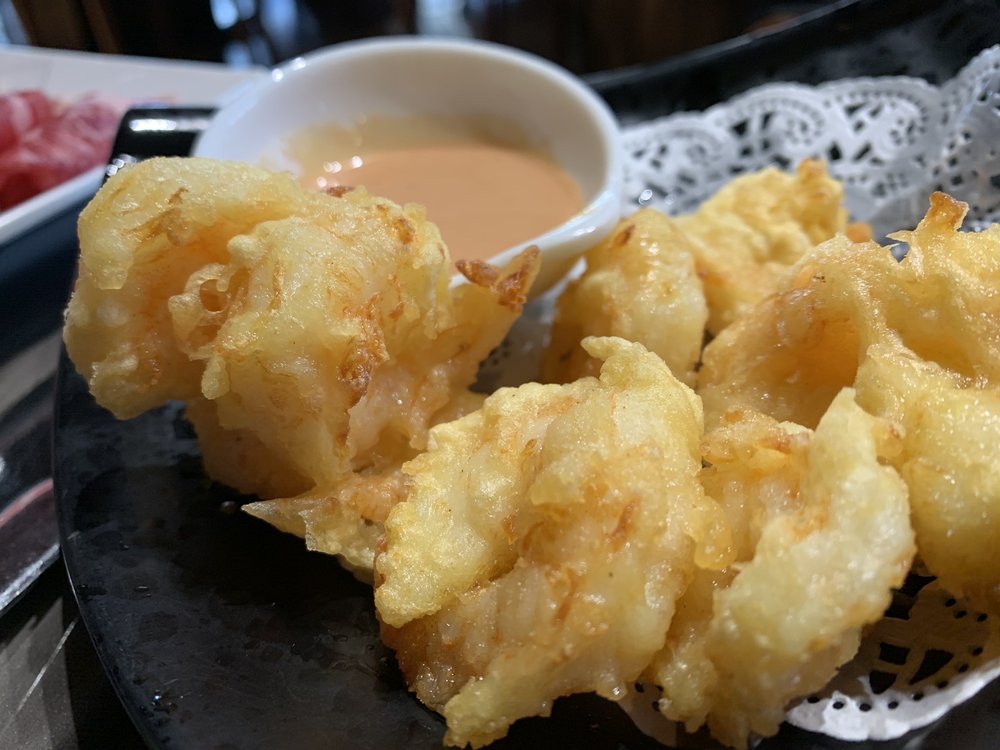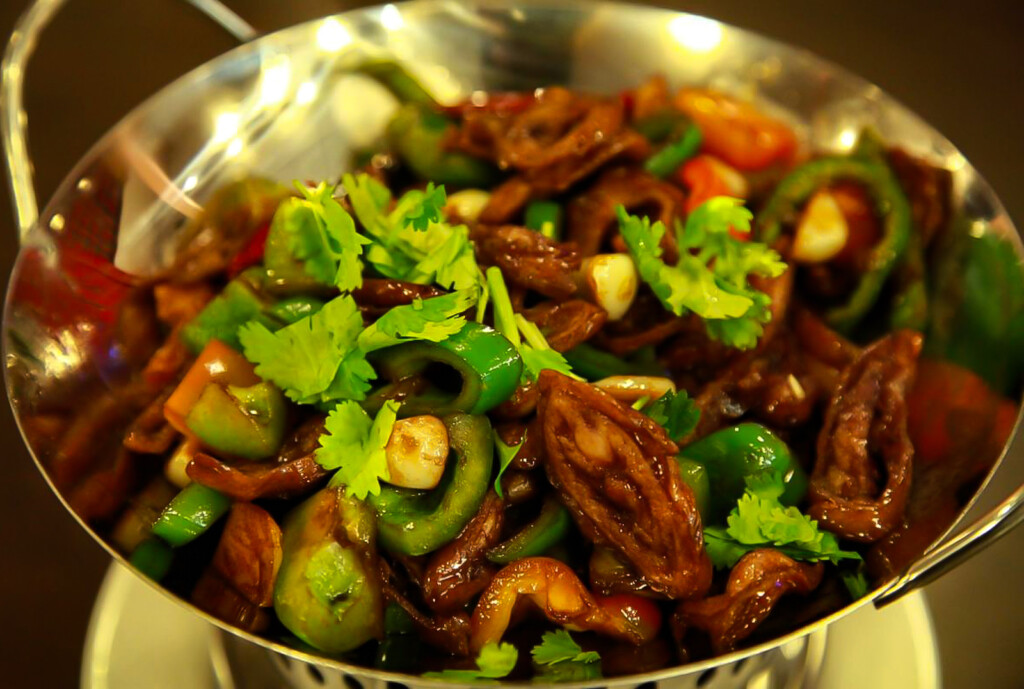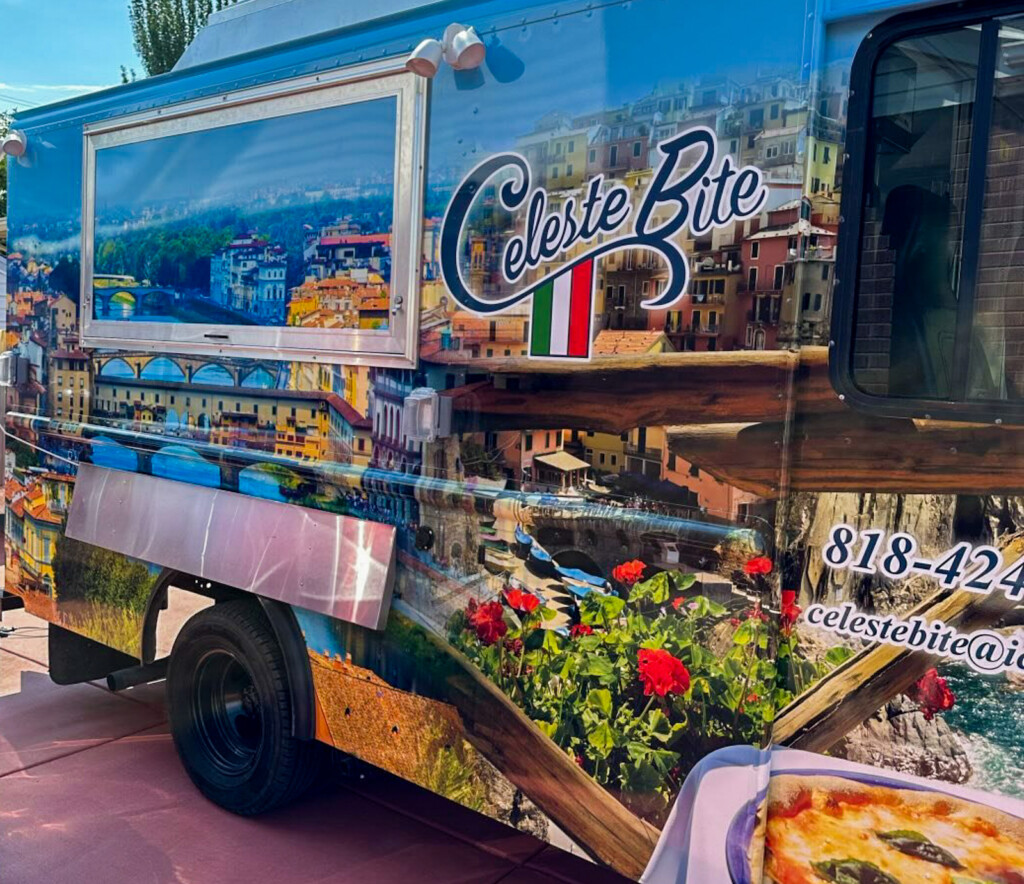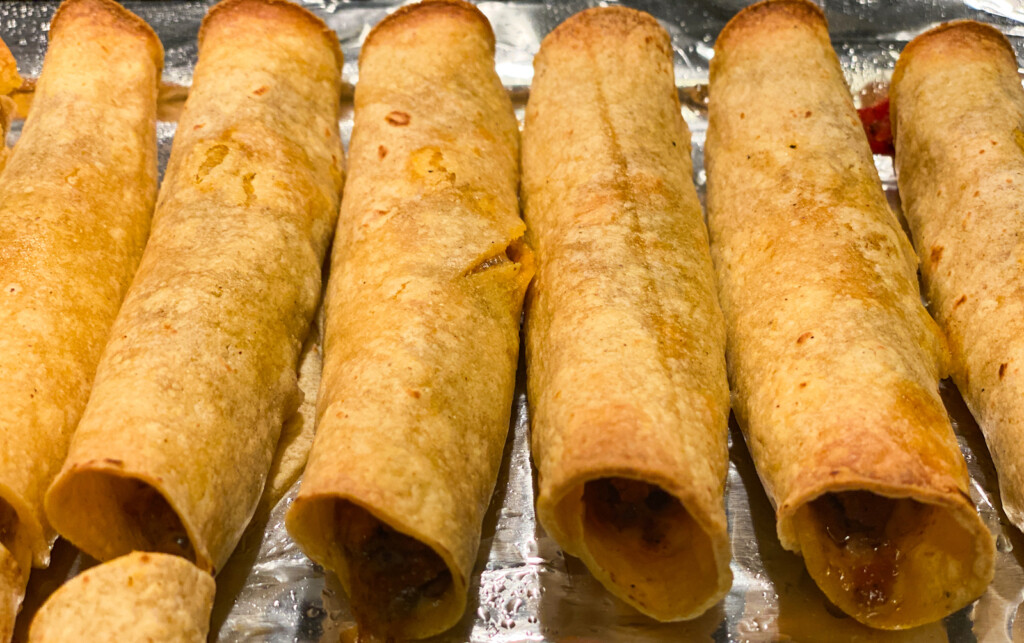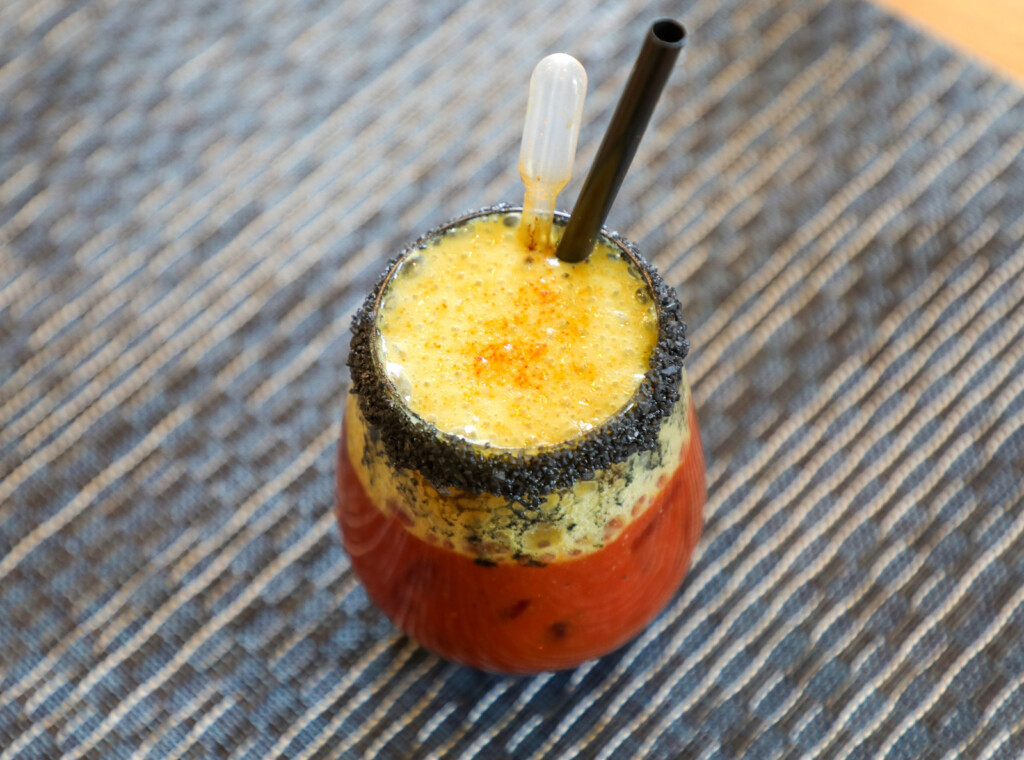When I lived in NYC I would periodically wander across town from my apartment to Koreatown (aka K-Town), an ethnic Korean enclave on 32nd Street with an array of Korean businesses, including some great Korean barbecue restaurants. When I lived there, they were very inexpensive to eat in, and probably still are.
Korean barbecue, or “gogi-gui,” has roots that trace back to ancient Korea. Its origins can be linked to the nomadic lifestyle of early Koreans, who grilled meat over open fires. The 20th Century saw an evolution of Korean barbecue, especially the introduction of marinated meats such as the popular bulgogi (thinly sliced marinated beef). The use of charcoal or gas grills, often built right into the dining table, makes the unique Korean BBQ dining experience fun, interactive and social. To my mind, the use of gas grills isn’t really barbecue, which is commonly meant to be cooking over live wood or charcoal fire to impart smokiness to the food. But maybe that’s nitpicking.
Today, Korean barbecue is centered around the enjoyment of a wide variety of marinated raw meats and seafood, side dishes (banchan), sauces and condiments, and a communal dining style, showcasing both culinary tradition and modern influences. Korean barbecue has thrived for years in places like New York City and Los Angeles and the cuisine is spreading throughout the U.S. – even to Utah. Ombu Korean BBQ is a local restaurant chain that started here in 2017, with locations in Midvale, Orem and Salt Lake City. My wife and I recently visited the newest Ombu Grill, located on Main Street in Layton.
Ombu Korean BBQ is an all-you-can eat affair, priced at $16.99 per person at lunch and $22.99 per person during dinner. Beverages like soft drinks, Ramune Japanese soda, juices, tea and sake, wine & beer are extra, as are desserts. Come hungry. Note that this is not a buffet eatery. All food and drink is ordered from a server and guests can continue to order additional meats, prepared foods, seafood and such throughout the meal. But don’t go overboard. The management clearly states that “Excessive waste of more than half a meal or half order will be charged to your bill.” It’s difficult – particularly if you’re just a couple dining together – to not have “excessive waste.” But more on that later.
At Ombu Korean BBQ, gas grill surfaces are built into the dining tables, with an adjustable vent overhead that you can raise or lower to suck up smoke. Customers grill seafood, meats, veggies and such at their table using provided tongs. Most appetizers, side dishes and the like are prepared in the kitchen and delivered fully cooked.
Fried Shrimp
Kids seem to love Ombu, perhaps because there are so many fried food options there. Appetizer and side dishes include takoyaki (fried squid balls), fried chicken cutlets, fried spicy chicken wings, fried pork cutlet, fried calamari, fried sesame balls, fried spring rolls, French fries, fried fish strips, fried cheese rolls, fried shrimp and fried chicken nuggets. A serving of fried shrimp was pretty unremarkable.
Edamame
If you’re in the market for appetizers or side dishes that aren’t fried, well, you’re pretty much limited to edamame or “corn cheese” – creamy sweet corn with cheese.
Fried Dumpling
I did like the pork & veggie dumplings which, yes, were fried. Fried oysters are listed on the online Ombu menu, but are not available at the Layton location. I would have liked to try those. The online menu also mentioned grilled whole mackerel and herring, but those were not included on the Layton menu either.
Prime Beef Brisket
Meats – beef, pork and chicken – are the main draw at Ombu, and there’s a plethora to choose from. I noted that many beef items on the menu were listed as “Prime.” I’m pretty sure that the Prime beef brisket, Prime pork belly, Prime beef tongue and such are not USDA Prime grade meats. Other meats choice include Prime beef steak, sliced chicken breast, chicken thigh meat, beef tenderloin, galbi (aka kalbi) beef short rib, spicy pork belly, Hawaiian beef brisket, beef bulgogi, Hawaiian pork steak and beef steak, garlic beef steak, chicken galbi, sausages, and more.
A note on portions at Ombu: For reasons I can’t fathom, an order of, say, beef brisket is the same size for a couple like me and my wife as it is for a table of 12 or more. The tray of brisket slices that came to our table had to contain some three dozen pieces of meat. No way could we eat all of that. Thankfully, we weren’t charged for “excessive waste.” I don’t see why the management doesn’t pair down portion sizes for smaller parties. Customers can always order more.
Bulgogi, Cajun Calamari & Shrimp
I love the Korean dish called bulgogi, and it was very good at Ombu. It’s a popular dish in South Korea of thin-sliced beef marinated in sweet and spicy melange usually containing garlic, sesame oil, gochujang, brown sugar soy sauce, grated ginger, and grated pear.
Tabletop Grill
Once our grill was good and hot we began grilling our meats and seafood, which cook quite rapidly, so pay attention when you’re grilling. There’s something like parchment paper to protect the grill itself and it gets pretty charred and smoky, but servers replace the paper with new sheets when necessary.
One thing lacking at Ombu compared to most authentic Korean restaurants are condiments (sometimes called banchan). Typically there are dozens of condiments ranging from kimchi to various sauces. We were only brought a yummy condiment of minced peanuts with chilies and two types of barbecue sauce, one was a house BBQ sauce and the other was garlic BBQ sauce. There was also soy sauce on the table but no ssamjang, wasabi, or the traditional sesame oil, salt and pepper sauce.
Kimchi Soft Tofu Soup Pot
For customers who want to go beyond grilling and fried fare, there are prepared entrees at Ombu such as kimchi fried rice, tonkotsu ramen, chicken curry rice plate, BBQ chicken fried rice, beef seaweed soup, miso soup, pork fried rice, beef stone bibimbap, and kimchi soft tofu soup pot, which we ordered. These items are all included in the all-you-can-eat price.
Korean BBQ can be a fun, social way to dine. At places like Ombu, due to the immense portion sizes, it’s not the best choice for date night. When you dine at Ombu Korean BBQ you’ll have a much better experience if you bring a crowd so you can share lots of different foods with friends and family.
Photos by Ted Scheffler
Culinary quote of the week: “The things that make Korean food delicious are garlic, ginger, soy sauce, sesame oil, chili powder, and chili paste. They make anything delicious.” – Roy Choi

